Приказ основних података о документу
The Towers of Jerusalem and Ontological Presuppositions of Creation: Exegesis and Philosophy in Maximus the Confessor' Quaestiones ad Thalassium’,
| dc.creator | Cvetkovic, Vladimir | |
| dc.date.accessioned | 2022-06-30T13:15:16Z | |
| dc.date.available | 2022-06-30T13:15:16Z | |
| dc.date.issued | 2022 | |
| dc.identifier.isbn | 9783657703487 | |
| dc.identifier.uri | http://rifdt.instifdt.bg.ac.rs/123456789/2622 | |
| dc.description.abstract | The link between biblical exegesis and philosophy was established first in the Septuagint project and by authors such as Aristoboulos of Alexandria and Philo, and subsequently developed by New Testament authors and exegetes, such as John, Paul, Justin the Martyr and the Valentinian Gnostics. The ratio- nale that justified this link resides in a strong belief that the truth of the Logos of God equally inspires natural theoria as well as biblical allegoria. Maximus the Confessor (580–662) belongs to the line of biblical interpreters who hold that since Christ the Logos is the author of the Bible and of the cosmos or creation, the words or logoi of the Bible and the creation correspond one to another. | sr |
| dc.language.iso | en | sr |
| dc.publisher | Paderborn: Brill/ Schöningh | sr |
| dc.rights | restrictedAccess | sr |
| dc.rights.uri | https://creativecommons.org/licenses/by/4.0/ | |
| dc.source | A. Despotis & J. Buchanan Wallace (eds.), Greek and Byzantine Philosophical Exegesis, Paderborn: Brill/ Schöningh | sr |
| dc.title | The Towers of Jerusalem and Ontological Presuppositions of Creation: Exegesis and Philosophy in Maximus the Confessor' Quaestiones ad Thalassium’, | sr |
| dc.type | bookPart | sr |
| dc.rights.license | BY | sr |
| dc.rights.holder | Brill/ Schöningh, | sr |
| dc.citation.spage | 244 | |
| dc.citation.epage | 267 | |
| dc.type.version | publishedVersion | sr |
| dc.identifier.rcub | https://hdl.handle.net/21.15107/rcub_rifdt_2622 |

